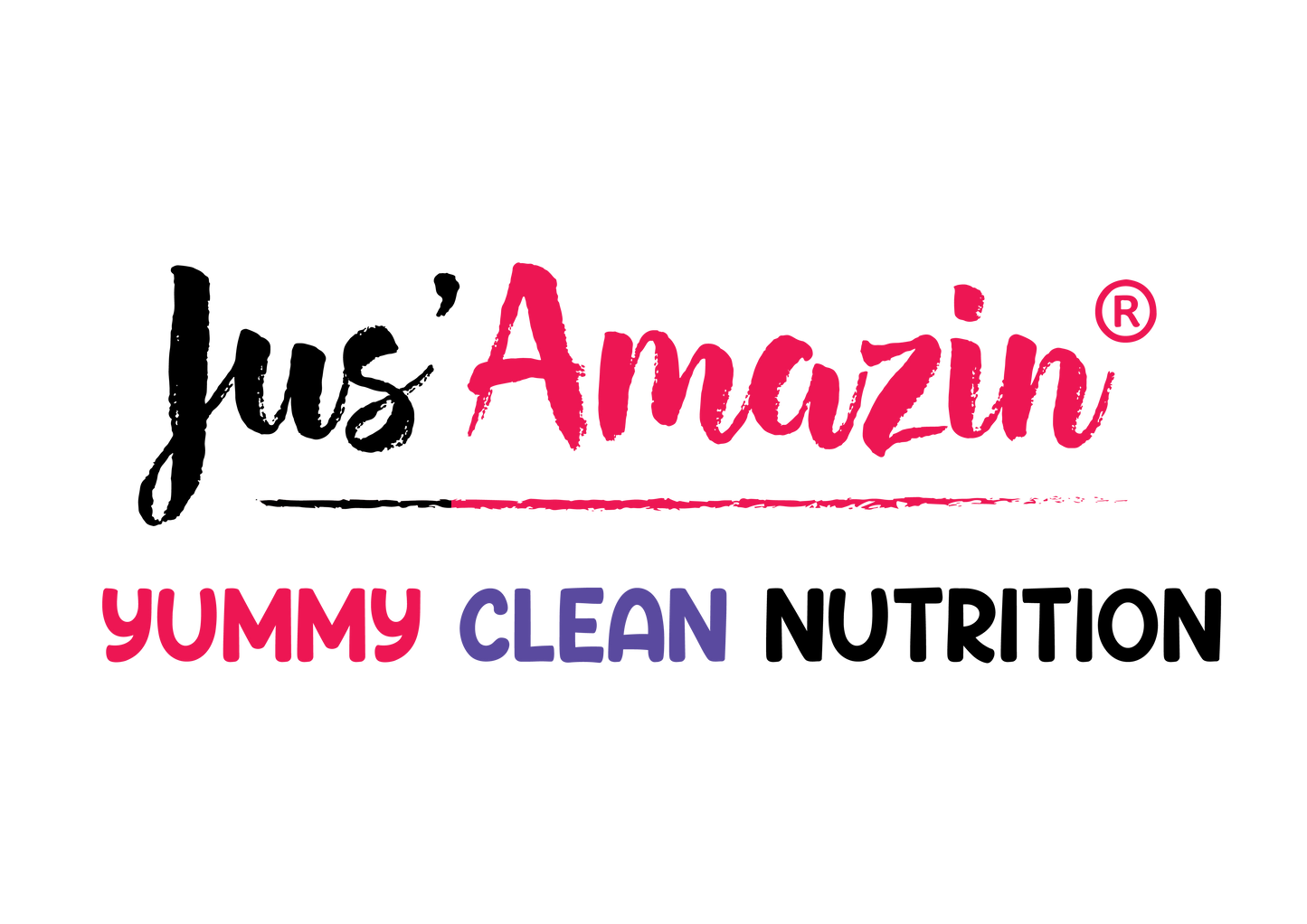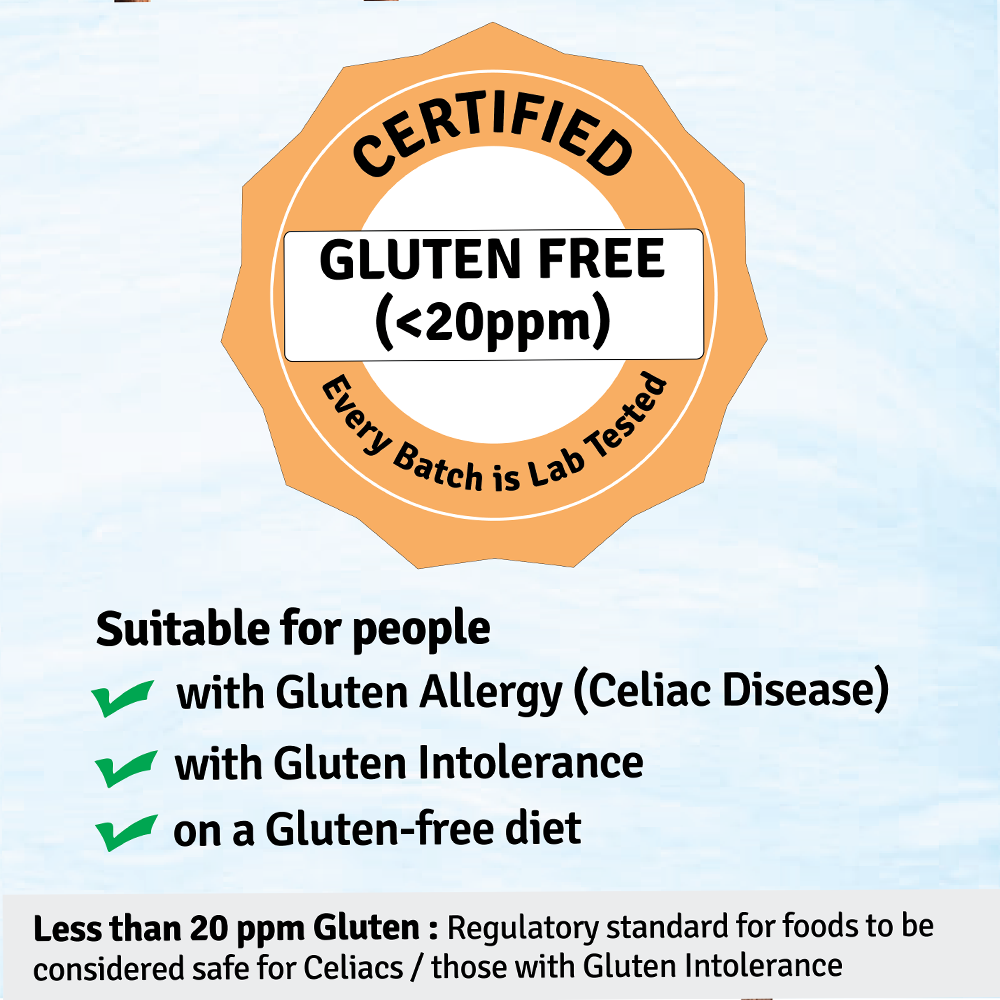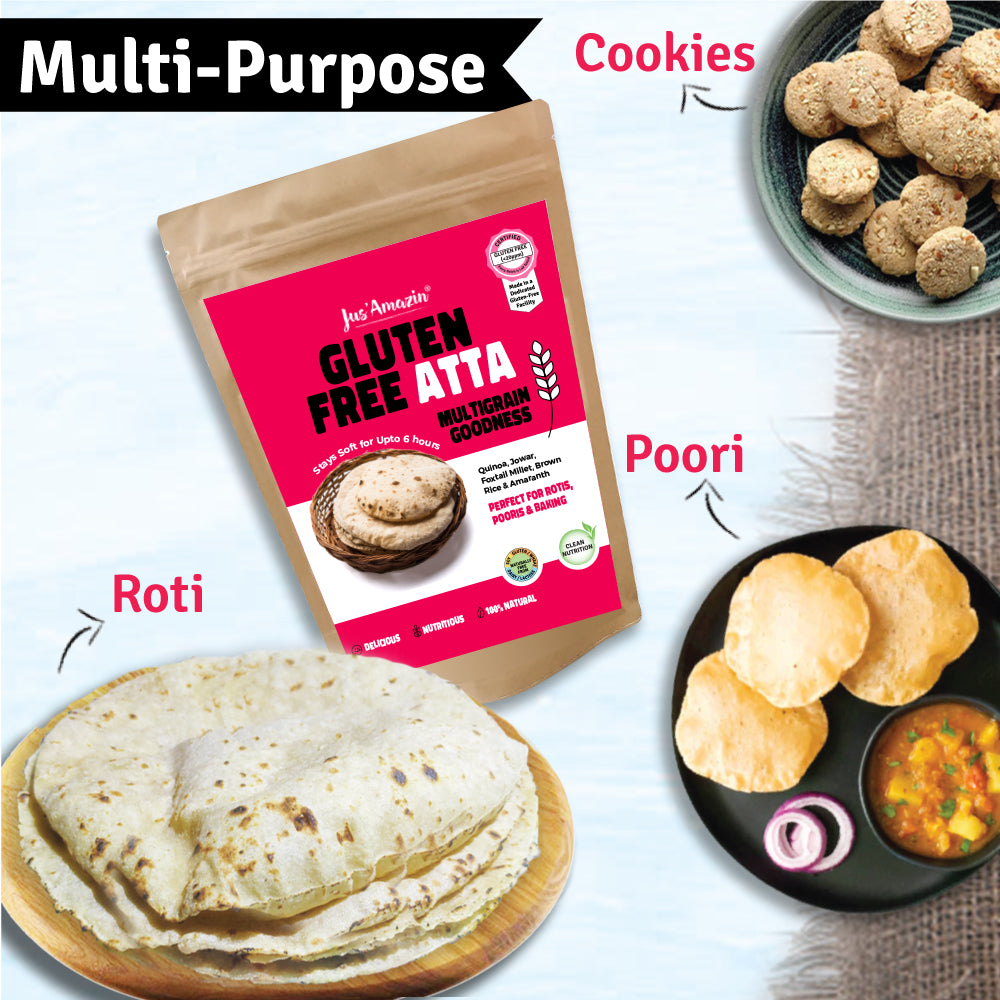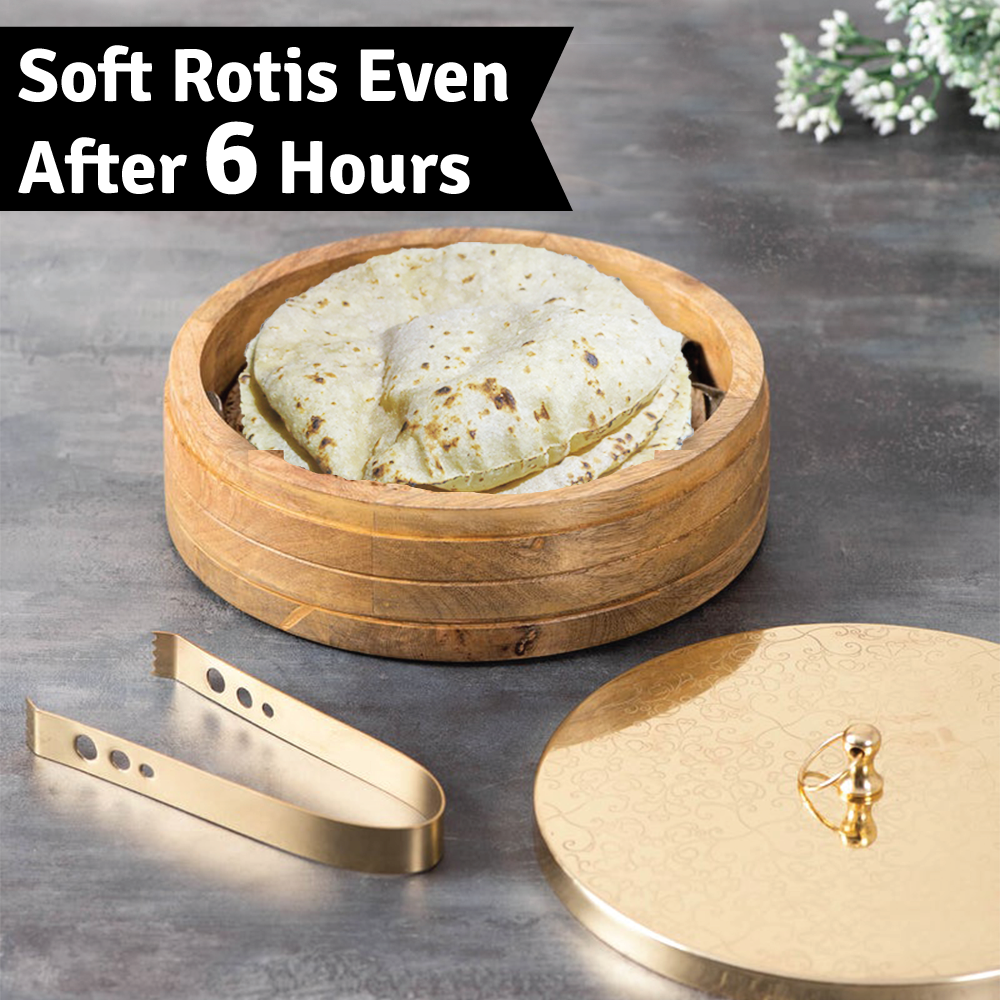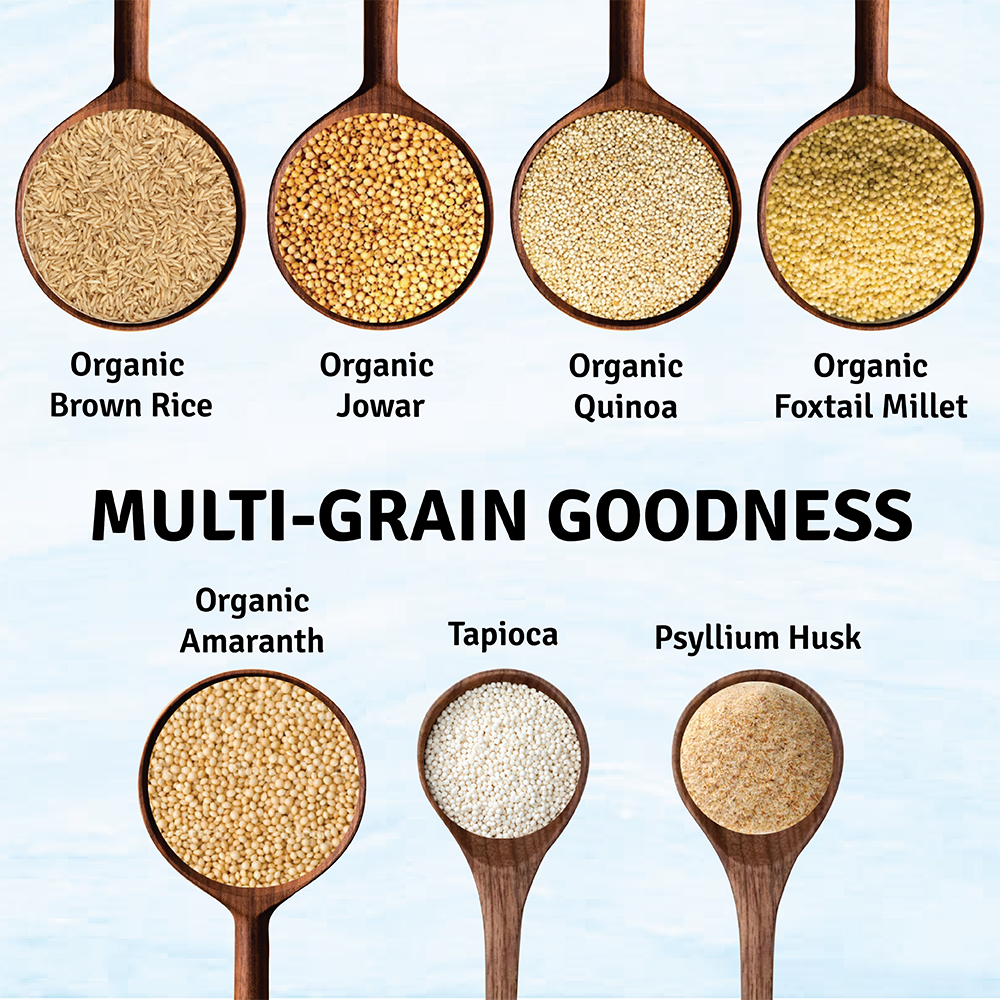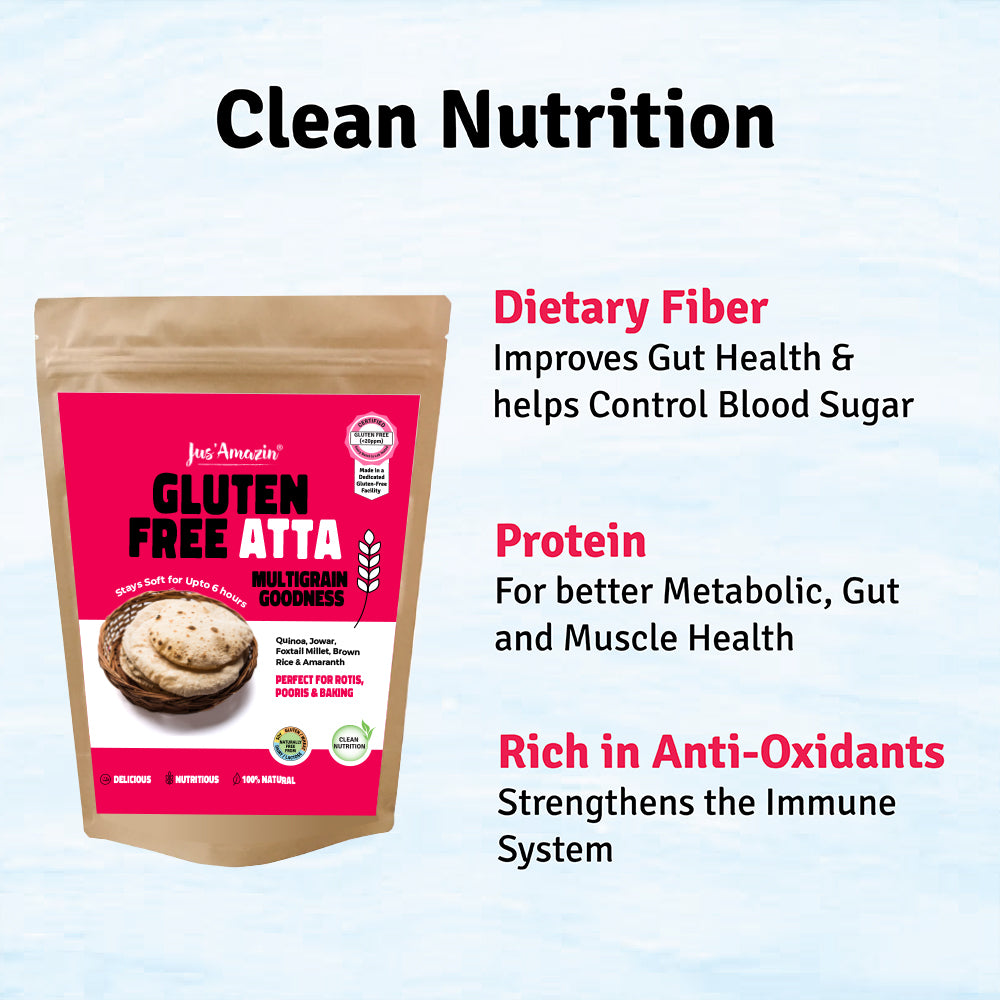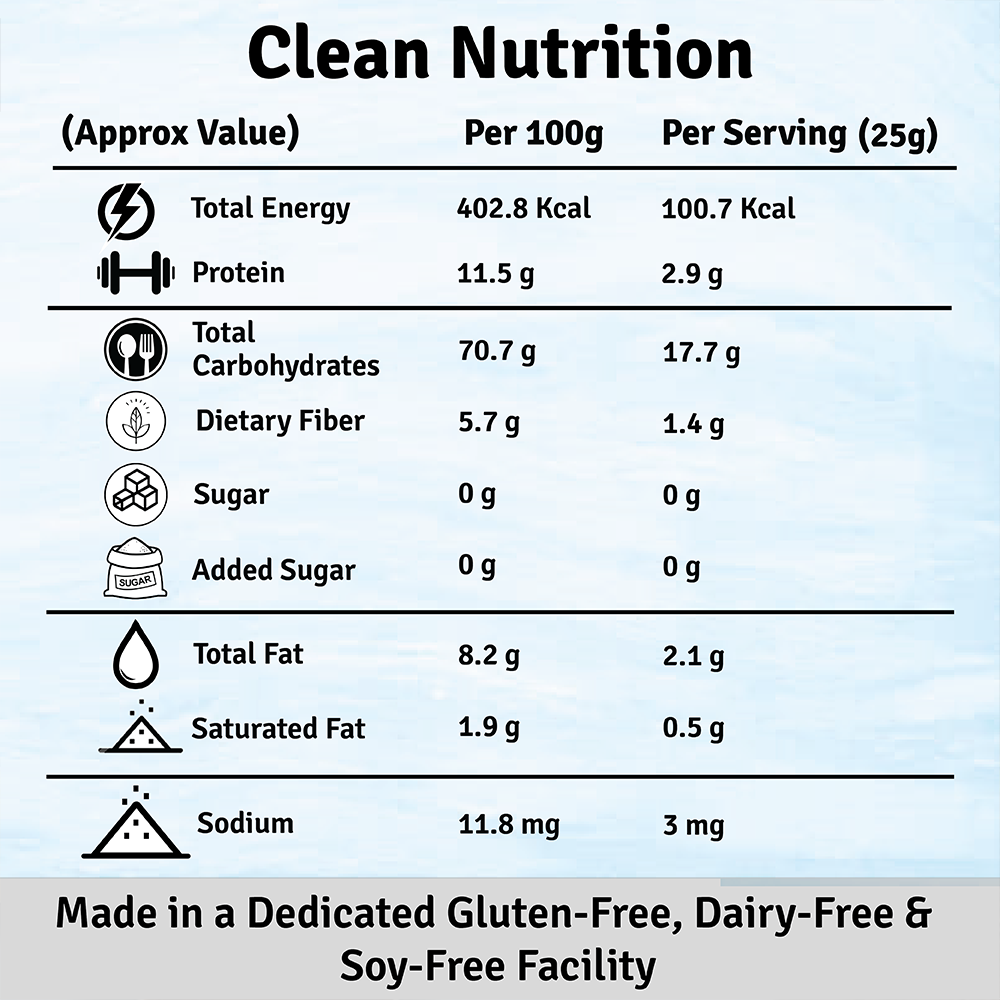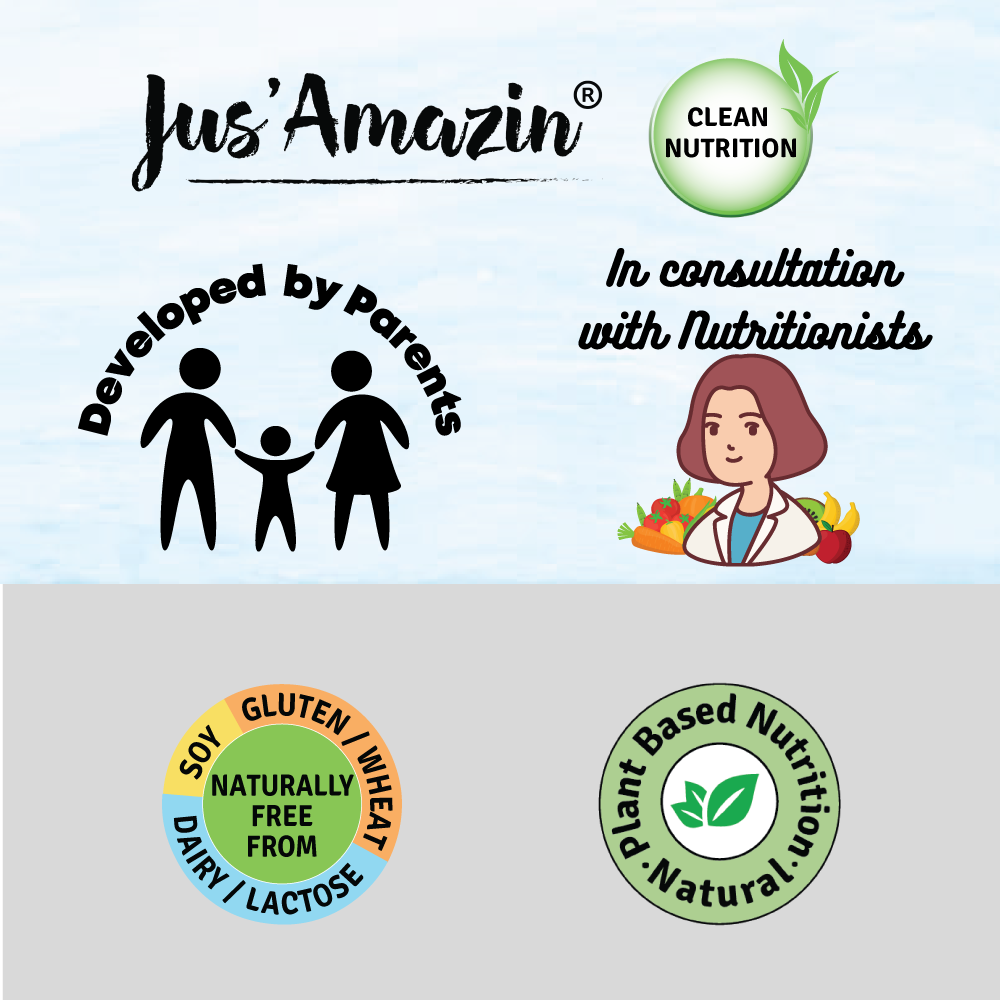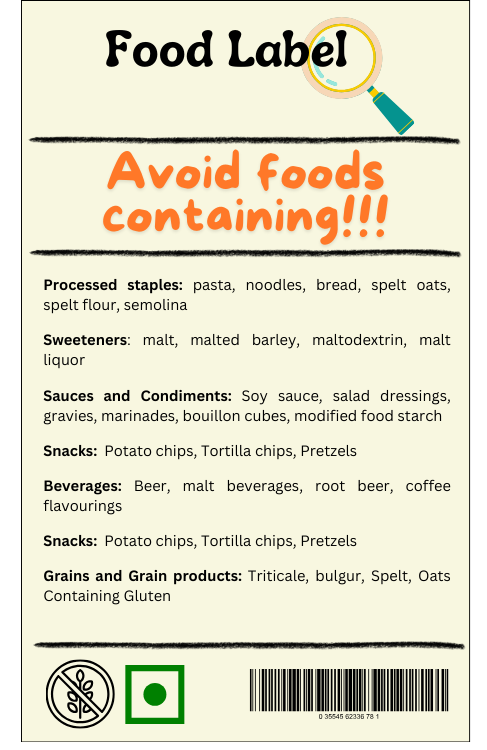
How to Read Food Labels: Identifying and Avoiding Gluten in Packaged Foods?
(3 min read)
July 28, 2024
Understanding Gluten and its Sources
Gluten is a protein found in wheat, barley, and rye, and is often hidden in many packaged foods under various names. For individuals with celiac disease or gluten sensitivity, identifying and avoiding gluten is crucial to maintaining their health. Gluten can be present in obvious sources like bread and pasta, but it can also be hidden in sauces, soups, and processed
foods. Being vigilant about reading food labels is essential to avoid accidental gluten consumption.

Recognizing Common Gluten-Containing Ingredients
When reading food labels, it's important to recognize the common names for gluten-containing ingredients. Wheat, barley,
and rye are the primary culprits, but gluten can also be listed as malt (often derived from barley), brewer’s yeast, and triticale (a wheat-rye hybrid). Ingredients such as hydrolyzed wheat protein, wheat starch, and wheat bran should also be avoided. Some additives and fillers in processed foods might contain gluten, making label reading an essential skill.
Decoding Food Labels: The Role of Allergen
Statements
When it comes to navigating the complex world of food labels, understanding allergen statements is crucial. These statements
provide vital information that can safeguard the health and well-being of individuals with food allergies or sensitivities.
Many countries require food manufacturers to list common allergens, including wheat, on their packaging. This allergen statement is usually found at the end of the ingredient list and can be a quick way to identify potential gluten-containing products. However, it is important to note that "wheat-free" does not necessarily mean "gluten-free," as the product may contain barley or rye. Always check the full ingredient list in addition to the allergen statement to ensure a product is safe.
While whole wheat flour, all-purpose flour (known as maida in some regions), and semolina are common sources of gluten, it's important to also look out for the phrase "processed in a facility that also processes gluten." This indicates the potential for cross-contamination, which can be a concern for those with gluten intolerance or celiac disease.
By carefully reading and deciphering these allergen statements, consumers can make informed decisions about the foods they consume, ensuring their safety and peace of mind. Paying close attention to these details can make all the difference in maintaining a healthy, balanced diet while avoiding potentially harmful ingredients.
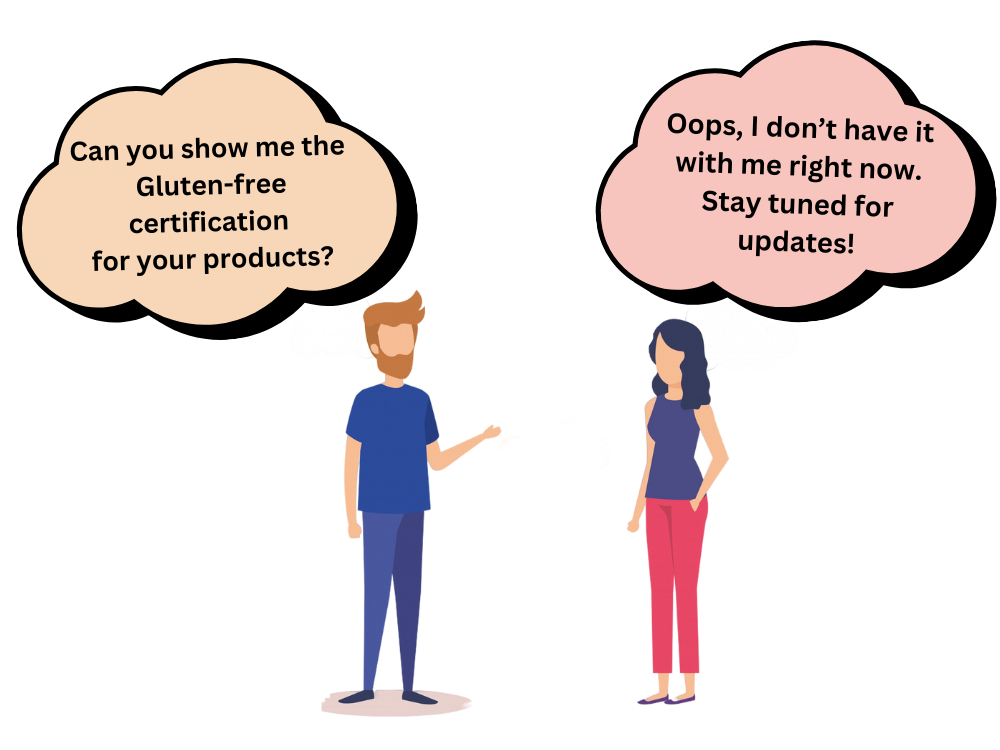
Gluten-Free Certification and Labelling
To make shopping easier for individuals avoiding gluten, many products are now labelled as "gluten-free." In several countries, regulatory bodies like the FDA in the United States and FSSAI in India require that products labelled gluten-free to contain less than 20 parts per million (ppm) of gluten. Additionally, third-party organisations offer certification programs, providing a "certified gluten-free" label for products that meet even stricter standards. As per FSSAI norms food manufacturers have to test every batch of product made for the level of gluten to be able to claim a product is “gluten-free”. For foods that are naturally free from gluten such as rice, millets, lentils, nuts, seeds etc. manufacturers have to mention “this food by its nature is gluten-free”.
Practical Tips for Reading Labels
When shopping for gluten-free foods, take your time to read labels thoroughly. Look for gluten-free certifications and be cautious of ambiguous terms like "natural flavours," which could potentially include gluten. Familiarise yourself with gluten-containing ingredients and keep a list handy for quick reference. If in doubt, contact the manufacturer directly for clarification. Practice and diligence will make label reading a more manageable and effective process over time.
Conclusion
Reading food labels is a critical skill for individuals with celiac disease or gluten sensitivity. By understanding the various sources of gluten and how to identify them on ingredient lists, consumers can better avoid gluten and maintain their health. Paying attention to allergen statements, seeking gluten-free certifications, and being mindful
of cross-contamination risks are essential steps in ensuring a safe and gluten-free diet.
References:
1. "Hidden Sources ofGluten" by Sapone et al. Link
2. "Celiac Disease: Recognizing the Common and Hidden Sources of Gluten" by Catassi et al. Link
3. "Labelling of Food Allergens and Gluten: Current Practices and Future Directions" by Allen et al. Link
4. "Regulation of Gluten-Free Food Labelling: Global Standards and Their Implications" by Thompson et al. Link: Link
5. "Cross-Contamination in Gluten-Free Food Production: Risks and Management Strategies" by Lee et al. Link
6. "Navigating Food Labels for Gluten-Free Living" by Fasano et al. Link
7. Can individuals with celiac disease identify gluten-free foods correctly? Link
8. How to read food labels? Link
Try our Gluten Free Atta!
Lab certified with 20ppm Gluten
